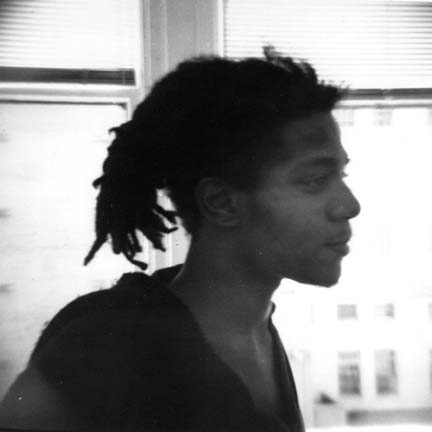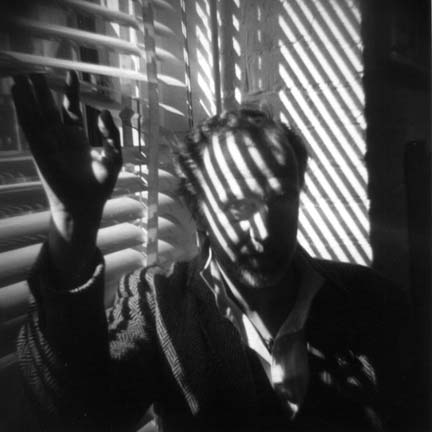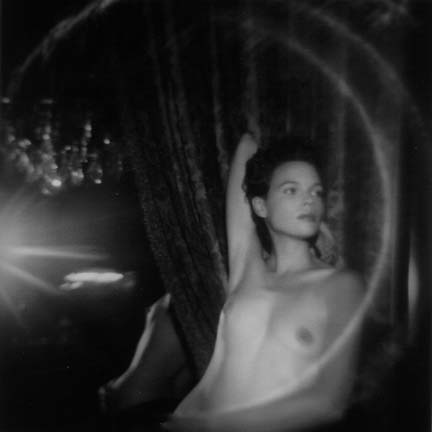



Mark Sink uses a Diana Camera to produce his work.
'To sum this up this funny camera and her sisters has become far-reaching. Is it pop or a serious art movement? Is it a gimmick or a serious tool? Is it in a round of dismissal by the purists similar to the pictorialists being rubbed out by Newhall and Adams? I have struggled with negative perceptions of work by the camera throughout my career and to this day I still struggle including my own critical retrospection.
As most now know the Diana and her relatives to date have an immense cult following. I came in unknowingly well after the first wave peaked in the early 80s. Since then the movement has turned into a tidal wave. Over the last few years there has been dozens of toy camera exhibitions. Some of the shows I participated in included the Hayward Arts Center in California that included a catalog, the Benham Gallery in Seattle that included works shops and Plastic Fantastic at E3 in NYC that has a wonderful web site. Most recently I was a juror for the terribly named Krappy Kamera show where I combed through thousands of stunningly beautiful submissions.
It is a very romantic tool. The Camera can be a tool to become an instant pictorialist. Many successful toy camera users don’t like to be associated with the romance of the pictorialist photographers that once were and they like to use the camera with a modern vision. Nancy Burson is one great example Nancy Rexroth is another. Many use it for very personal visions and ideas and use a standard camera for most of they're other work. There are countless success stories with users of this tool. But through the decades I am finding I have refined my eye and become much more selective of what I consider successful.
You can not make a bad picture; the camera is too easy. Sadly many use it because they can’t make a good picture with glass so they depend on the effects the plastic creates.it can often make very cute weak pictures look serious a seemingly much stronger. I see a dangerous similarity with Polaroid transfer. It's too easy to be arty; the majority of work I see is often empty of vision, personal style and craft. It started as a teaching tool but has spread into the a dangerous realm of interesting gimmickry with little previsualized concept among young photographers.
Ansel Adams once said most people have sharp lens but fuzzy concepts.'

No comments:
Post a Comment